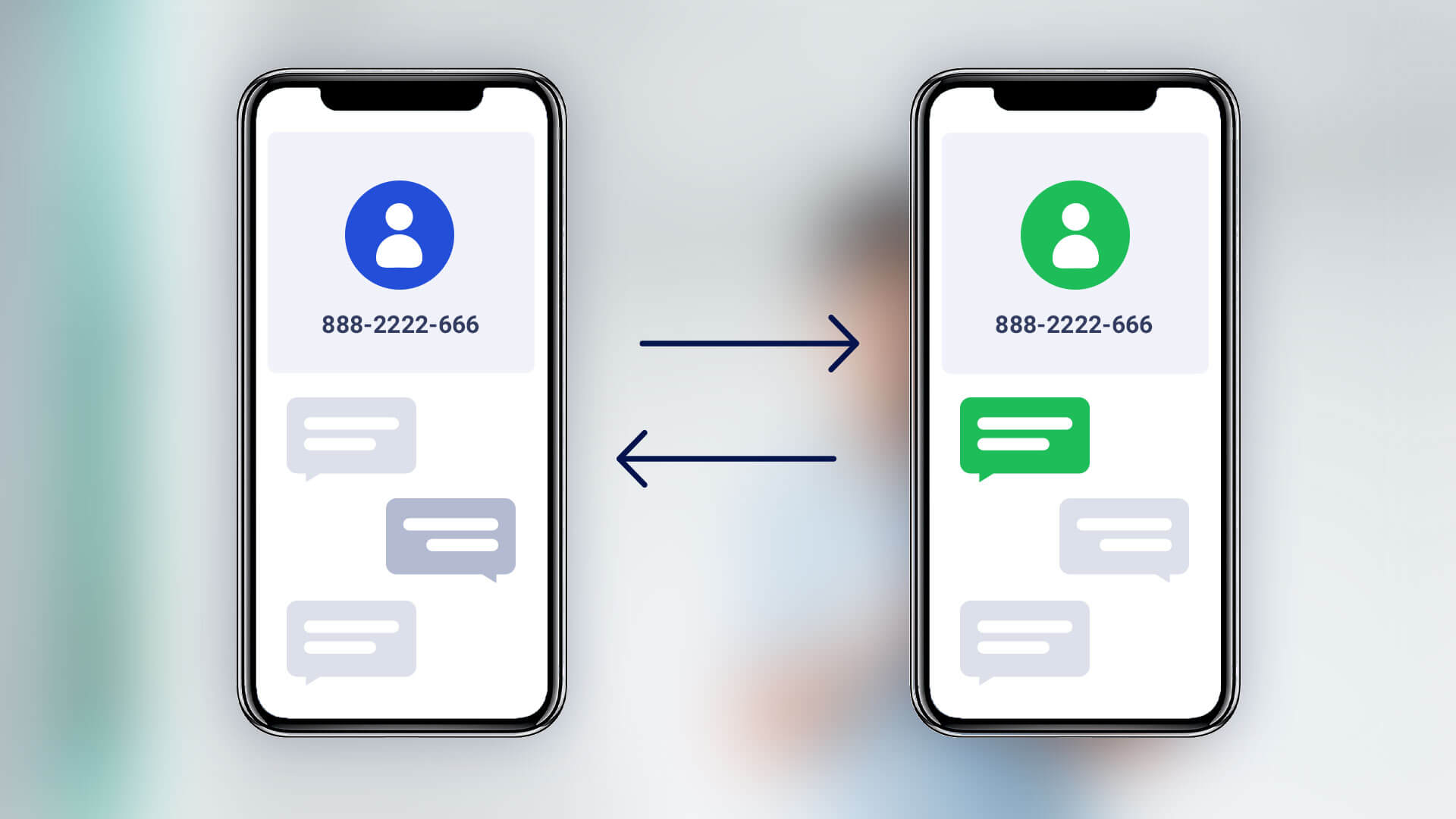A strong customer base is built through a robust and reliable telephonic system. These systems improve visibility and ensure quick support to customers. So, what happens if a thriving business needs to switch providers?
This is where number porting comes into the picture. In this article, we discuss some of the common myths surrounding the adoption of number porting technology.
Every company needs to build strong and enduring relationships with its customers. A good communication system is the first milestone in that journey. As your business expands and you invest in better technology, you wouldn’t want your customers calling on old inactive lines. Nor would you want to lose those first customers.
This is where number porting can help your business.
What is number porting?
Number porting is the process of moving your existing phone number from one telecom service provider to another. Businesses, or even individuals, who wish to keep their present contact details intact when changing providers can do so via a number porting service.
There may be various reasons why someone might need to shift to a new telecom provider. Some of the reasons can be:
- Poor voice quality
- High voice costs
- Limited geographical catchment
- Limited functionalities
- Inadequate customer support
Thus, retaining the existing phone number to maintain previous contacts is important for individuals as well as organizations. Any of these reasons is enough for someone to explore number porting.
How do you port your business number?
There are 5 basic steps for any business owner who is looking to port their current telephony extensions.
1.Validate the portability of your number
When you embark on the road to initiate number porting, the first step would be to ensure that all your numbers can be ported successfully by the new service provider. An easy way to approach this is to share your list of contacts with the chosen provider. They have the ability to check the portability of numbers.
Otherwise, you must check your contract with your existing service provider to see if any clause prevents you from number porting. Often, there are certain clauses that bind you to that provider for a specific period. These contracts may restrict number porting within the contractual period, and breaking them may result in losing your number.
2.Get in touch with your chosen provider
The next step is to communicate your decision of porting to your chosen business phone service provider. You should provide the following information to your vendor so that they can initiate the porting process:
-
- List of your phone numbers
- Letter of Authorization (which we will discuss below)
- Old vendor details and account number
- Copy of old phone bill – containing vital information such as main billing number, associated numbers, existing charges, etc
3.Complete the Number Request Form
A Number Request Form gives your new service provider the permission to reach out to your existing provider and seek ownership of the requested numbers. Once this form is filled and shared with the new provider, they can establish a porting agreement. This will enable a number portability transit path with the existing provider for a smooth transfer of numbers.
4.Letter of Authorization to the new provider
A Letter of Authorization (LOA) gives the new provider the authority to port the retrieved numbers onto their network. The LOA must contain all the relevant and verified information. Upon receiving the LOA, the provider evaluates it to initiate the final porting process.
5.Wait for a response
After completing the steps mentioned above, all you have to do is wait till all numbers are ported. The entire process can take some time and the exact duration varies from provider to provider. It also differs based on variables such as the number of extensions and the extent of coverage. You can check the porting status online or you can wait to be notified by your new provider.
Now that we have covered the basics of how to port business number(s), we discuss some of the myths surrounding this service. We will also try to address some of the concerns that stop organizations from choosing number porting.
What are the concerns about number porting?
All new technologies bring about a set of preconceived notions that are often incorrect. Here, we address some of these incorrect bits and myths about number porting:
-
“Will my service quality reduce post number porting?”
Many consumers fear a drop in the service and voice quality post number porting. For businesses, this becomes a very important aspect since service quality from the provider is essential for their customer support. No customer would like to continue buying products or services from a company that has a poor support system due to bad quality.
However, that is not the case at all. There is no drop in the service after, or even during, the porting process. This is because your network connection with the existing vendor continues until the number porting is successful.
The only mantra here is patience. It is advised not to disconnect the service of your existing vendors before the porting is complete. This ensures uninterrupted service and a seamless porting process.
-
“Number porting takes a long time and I cannot afford downtime.”
Another concern for businesses is the time taken during the number porting process. Without a clear understanding of the process, many feel that number porting is a long and tedious task. Companies always fear long downtimes in their communication services.
The reality of the situation is that the number porting process can vary from provider to provider. On average, number porting can take from 7 to 14 days. This can increase up to 25 days for multi-line extensions. However, since the service continues on the existing network carrier for the duration of this exercise, there is no real downtime.
If you are still worried, it is advised that your select provider based on their response time. You can also freeze these SLAs in contracts so that unwanted delays can be quickly resolved.
-
“Will I lose the ownership of my number during the number porting process?”
One of the myths floating around is how a ported number belongs to the new provider instead of the actual user. This fear of loss of ownership of contact details dissuades many businesses from choosing number porting services.
However, this is completely false. Telecom regulations enforced by government agencies, such as FCC in the US and Ofcom in the UK, protect an individual’s or entities’ ownership rights to their contact numbers. These regulations also guarantee that you have the right to switch providers again.
Final Thoughts
The number porting process isn’t as complicated as most people make it out to be. It has been devised to combat unfavorable situations during migration. Further, telecom regulators make sure that none of the telecom companies can take advantage of anyone opting for porting—ensuring a safe environment for all users.
Want to know more about just how easy this process can be? Contact us at [email protected] or 1888-859-0450.














